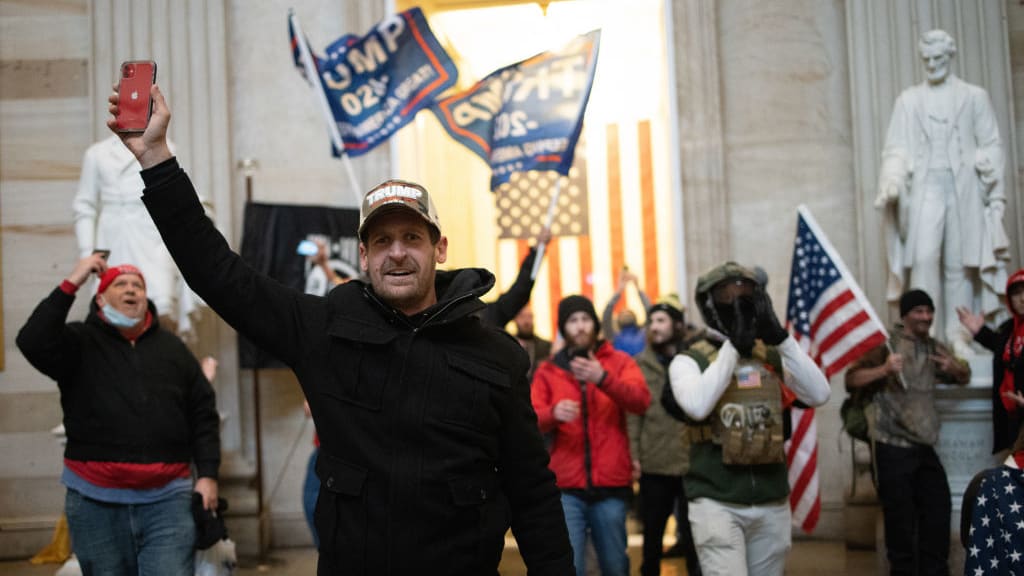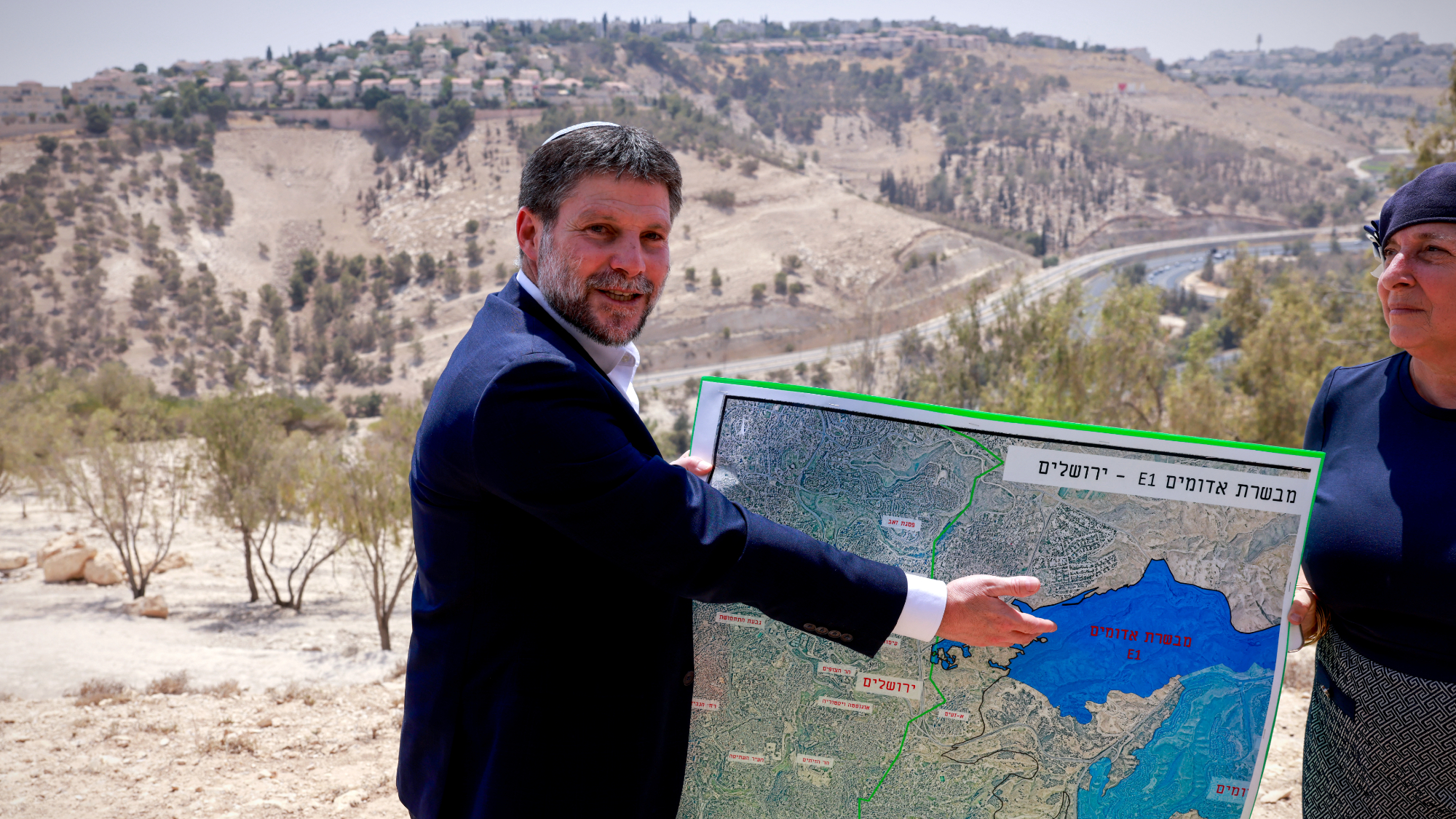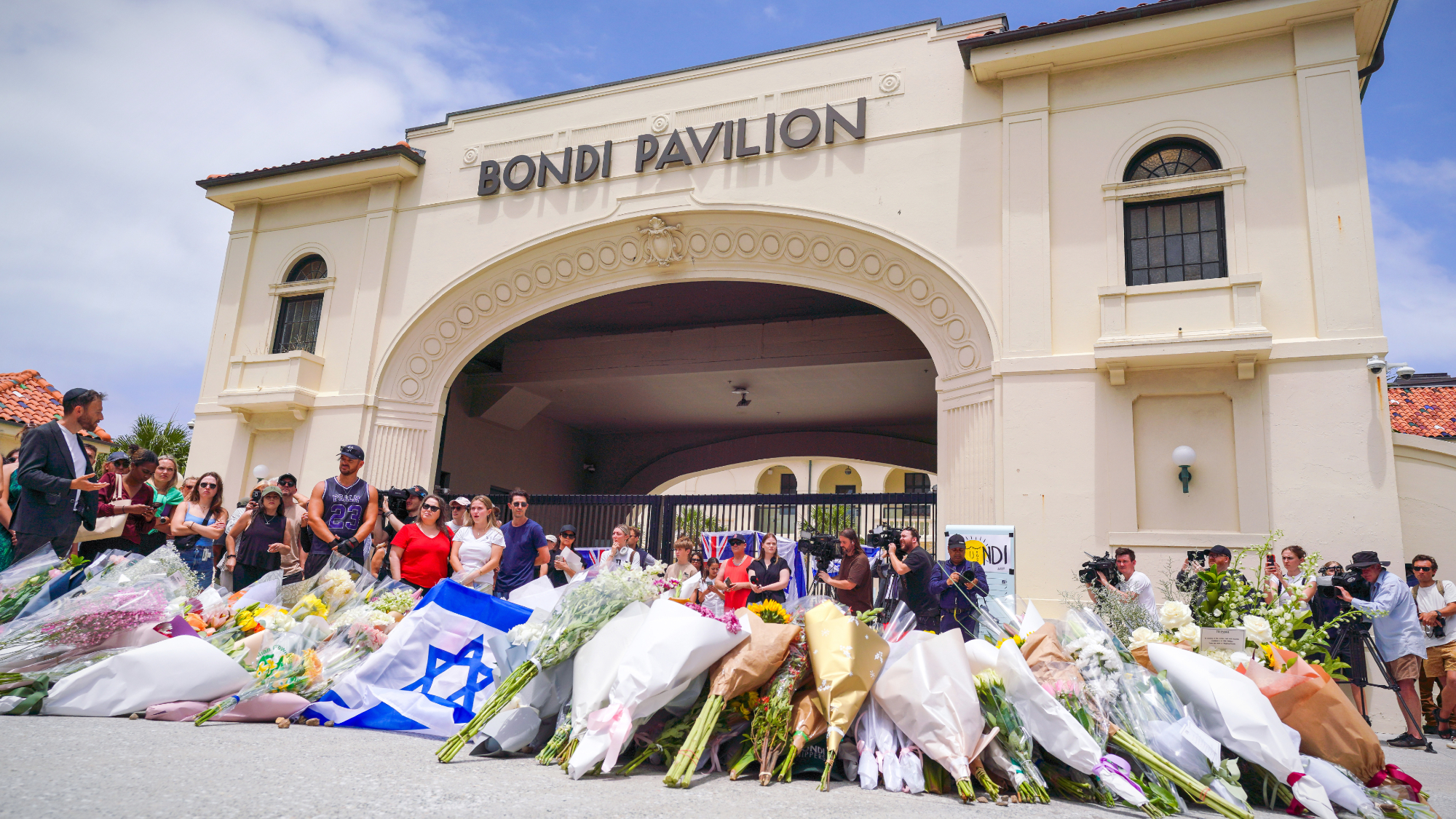Washington Post investigation details red flags federal law enforcement overlooked before Jan. 6


In the weeks before the Jan. 6 Capitol attack, tips were coming into the FBI and Department of Homeland Security about explicit threats of violence made by people who said they planned on going to Washington, D.C., when Congress was certifying President Biden's victory, but top federal law enforcement officials didn't appear to understand the gravity of what was taking place, The Washington Post reports.
On Sunday, the Post published an investigation into the events of Jan. 6, after speaking with more than 230 people and going through thousands of internal law enforcement reports and memos, court documents, videos, images, and audio recordings. Tips came in from across the U.S. about people vowing online to go to D.C. to fight for former President Donald Trump.
The country's regional homeland security offices — known as fusion centers — were getting reports from social media companies about users who wrote of disrupting Congress on Jan. 6 and hurting lawmakers, the Post reports. The leaders of the fusion centers shared tips on a call a few days before Jan. 6, and afterward the head of D.C.'s fusion center became so concerned, he asked the city's health department to call local hospitals and tell them to prepare for a mass casualty event.
The Week
Escape your echo chamber. Get the facts behind the news, plus analysis from multiple perspectives.

Sign up for The Week's Free Newsletters
From our morning news briefing to a weekly Good News Newsletter, get the best of The Week delivered directly to your inbox.
From our morning news briefing to a weekly Good News Newsletter, get the best of The Week delivered directly to your inbox.
On Dec. 20, one tipster called the FBI and said some Trump supporters, under the impression they had "orders from the president," were discussing ways to sneak guns into D.C., where they intended to "overrun" police and arrest members of Congress, the Post reports. One dismissed threat specifically mentioned Sen. Mitt Romney (R-Utah), the Post reports.
In late December, the FBI received three screenshots of a Parler user threatening to kill politicians and stating, "Don't be surprised if we take the #capital building." The FBI mostly considered such posts to be "largely aspirational" and protected under the First Amendment, senior FBI officials told the Post.
One informant voluntarily sent screenshots to the FBI, saying Three Percenters militia members "literally" took a Dec. 19 Trump tweet about the "big protest" on Jan. 6 — "be there, will be wild" — and a "Fight for Trump" video he later posted as "a call to arms," the Post reports.
Several of the agencies contacted by the Post for comment said they are complying with investigations and learning from what happened to prevent future acts of violence. Trump spokesman Taylor Budowich told the Post its investigation was "fake news" and claimed the people who stormed the Capitol were "agitators not associated with" Trump.
A free daily email with the biggest news stories of the day – and the best features from TheWeek.com
Catherine Garcia has worked as a senior writer at The Week since 2014. Her writing and reporting have appeared in Entertainment Weekly, The New York Times, Wirecutter, NBC News and "The Book of Jezebel," among others. She's a graduate of the University of Redlands and the Columbia University Graduate School of Journalism.
-
 Political cartoons for January 4
Political cartoons for January 4Cartoons Sunday's political cartoons include a resolution to learn a new language, and new names in Hades and on battleships
-
 The ultimate films of 2025 by genre
The ultimate films of 2025 by genreThe Week Recommends From comedies to thrillers, documentaries to animations, 2025 featured some unforgettable film moments
-
 Political cartoons for January 3
Political cartoons for January 3Cartoons Saturday's political cartoons include citizen journalists, self-reflective AI, and Donald Trump's transparency
-
 What will happen in 2026? Predictions and events
What will happen in 2026? Predictions and eventsIn Depth The new year could bring peace in Ukraine or war in Venezuela, as Donald Trump prepares to host a highly politicised World Cup and Nasa returns to the Moon
-
 Shots fired in the US-EU war over digital censorship
Shots fired in the US-EU war over digital censorshipIN THE SPOTLIGHT The Trump administration risks opening a dangerous new front in the battle of real-world consequences for online action
-
 Israel approves new West Bank settlements
Israel approves new West Bank settlementsSpeed Read The ‘Israeli onslaught has all but vanquished a free Palestinian existence in the West Bank’
-
 US offers Ukraine NATO-like security pact, with caveats
US offers Ukraine NATO-like security pact, with caveatsSpeed Read The Trump administration has offered Ukraine security guarantees similar to those it would receive from NATO
-
 Hong Kong court convicts democracy advocate Lai
Hong Kong court convicts democracy advocate LaiSpeed Read Former Hong Kong media mogul Jimmy Lai was convicted in a landmark national security trial
-
 Australia weighs new gun laws after antisemitic attack
Australia weighs new gun laws after antisemitic attackSpeed Read A father and son opened fire on Jewish families at Sydney’s Bondi Beach, killing at least 15
-
 How Bulgaria’s government fell amid mass protests
How Bulgaria’s government fell amid mass protestsThe Explainer The country’s prime minister resigned as part of the fallout
-
 Benin thwarts coup attempt
Benin thwarts coup attemptSpeed Read President Patrice Talon condemned an attempted coup that was foiled by the West African country’s army
